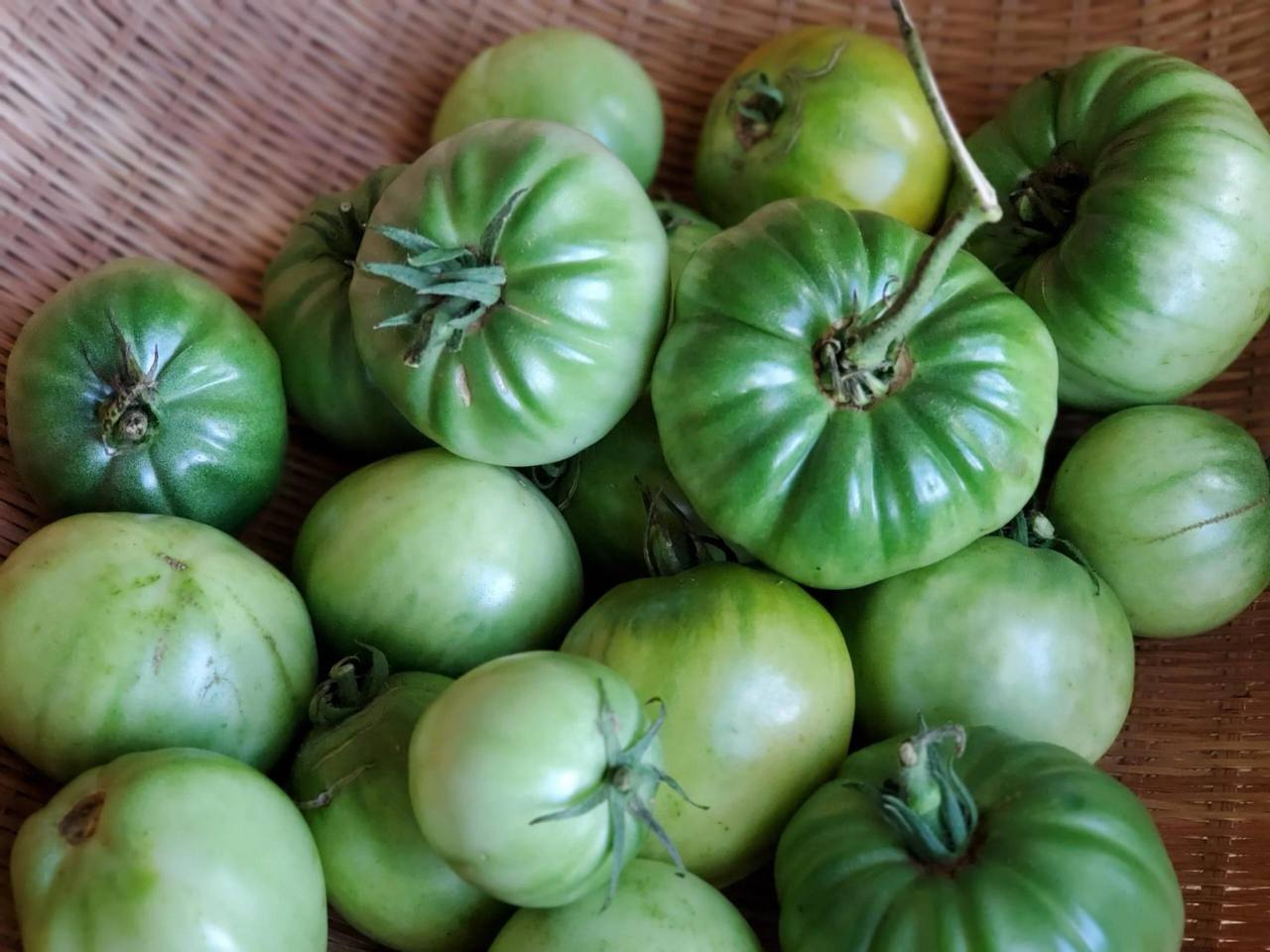

Articles
How To Store Unripe Tomatoes
Modified: January 6, 2024
Learn how to store unripe tomatoes with these helpful articles. Keep your tomatoes fresh and ripen them at the right time.
(Many of the links in this article redirect to a specific reviewed product. Your purchase of these products through affiliate links helps to generate commission for Storables.com, at no extra cost. Learn more)
Introduction
Storing unripe tomatoes may seem like a daunting task, but with the right knowledge and techniques, you can enjoy fresh tomatoes well beyond their normal harvest season. Whether you have a surplus of green tomatoes from your garden or if you simply want to take advantage of seasonal sales, learning how to store unripe tomatoes is a valuable skill.
While ripe red tomatoes are delicious and bursting with flavor, unripe green tomatoes offer their own unique culinary possibilities. From tangy salsas to fried green tomatoes, there are various ways to make the most of unripe tomatoes in your kitchen.
However, storing unripe tomatoes requires a bit of extra care and attention compared to storing ripe ones. That’s because unripe tomatoes are still undergoing the ripening process and need specific conditions to reach their full potential.
In this article, we will explore the reasons to store unripe tomatoes, the ideal storage conditions, container options, tips for preparing tomatoes for storage, choosing the right location, monitoring and care, ripening techniques, and using unripe tomatoes. By the end, you’ll be equipped with the knowledge to store unripe tomatoes successfully.
Key Takeaways:
- Embrace the versatility of unripe tomatoes by storing them properly to extend the harvest season, reduce food waste, and experiment with unique recipes like fried green tomatoes and tangy green tomato salsa.
- With the right techniques, you can store unripe tomatoes to enjoy fresh, flavorful fruits well beyond their normal season. From ideal storage conditions to creative culinary uses, make the most of your green tomatoes.
Read more: How To Store Unripe Mangoes
Why Store Unripe Tomatoes
Storing unripe tomatoes serves several purposes and can be beneficial for both home gardeners and consumers. Here are a few reasons why you might want to store unripe tomatoes:
- Extend the Harvest Season: If you have a bountiful tomato harvest but don’t want all the fruits to ripen at once, storing unripe tomatoes allows you to enjoy fresh tomatoes for a longer period. By storing them properly, you can stagger their ripening process and have a steady supply of ripe tomatoes over time.
- Preserve Garden Harvest: For gardeners, unripe tomatoes can be harvested before the first frost or at the end of the growing season. Storing these green tomatoes allows you to preserve your hard-earned harvest and enjoy them later.
- Sale and Distribution: On a larger scale, commercial growers and distributors often store unripe tomatoes to meet market demand throughout the year. This allows them to supply fresh tomatoes even when they are not in season in certain regions.
- Experiment with Different Recipes: Unripe tomatoes have a firm texture and tangy flavor, which makes them ideal for certain recipes. Storing unripe tomatoes gives you the opportunity to experiment with dishes like fried green tomatoes, green tomato salsa, and pickled green tomatoes.
- Reduce Food Waste: Storing unripe tomatoes is a great way to minimize food waste. Instead of letting the green tomatoes go to waste, you can store them and preserve their freshness until they are ready to be used.
Whatever your reason may be, learning how to store unripe tomatoes properly will help you make the most of these versatile fruits and enjoy their delicious flavors at your convenience.
Ideal Storage Conditions
Providing the ideal storage conditions for unripe tomatoes is crucial to help them ripen properly and maintain their quality. Here are the key factors to consider:
- Temperature: Unripe tomatoes prefer temperatures between 55 to 70 degrees Fahrenheit (13 to 21 degrees Celsius). This temperature range allows for a slow and even ripening process. Avoid storing unripe tomatoes in extreme heat or cold, as it can affect their flavor and texture.
- Humidity: Moisture is an essential element when storing unripe tomatoes. Keep the humidity level around 90 to 95% to prevent the tomatoes from drying out. Excessive humidity, however, can lead to mold or rot, so it’s essential to find a balance.
- Light: While tomatoes require sunlight to ripen on the vine, once they are picked, they should be stored in a dark or dimly lit area. Exposure to light can cause uneven ripening and affect the flavor of the tomatoes.
- Air Circulation: Good air circulation helps prevent mold and rot. Avoid storing tomatoes in airtight containers or plastic bags, as this can trap moisture and promote decay. Instead, opt for a well-ventilated storage area.
It’s important to remember that unripe tomatoes will not ripen if stored in the refrigerator. The cold temperature in the fridge inhibits the ripening process and can negatively impact the flavor and texture of the tomatoes. Therefore, it’s best to store unripe tomatoes at room temperature.
When considering the ideal storage conditions for unripe tomatoes, it’s also important to note that some varieties ripen better off the vine than others. Determinate tomatoes, which are bred to mature at a specific size and time, may not ripen well off the vine. Indeterminate and heirloom varieties, on the other hand, tend to ripen more successfully when stored properly.
By providing the right temperature, humidity, light, and air circulation, you can create the perfect environment for your unripe tomatoes to ripen gradually and evenly, ensuring optimum flavor and quality.
Container Options
Choosing the right container for storing unripe tomatoes is essential to maintain their freshness and prevent any damage. Here are some container options to consider:
- Baskets or Trays: Baskets or trays with slits or holes allow for good air circulation and help prevent moisture build-up. Choose a shallow container that can hold several layers of tomatoes without squishing them. Line the container with a clean cloth or paper towel to absorb excess moisture.
- Cardboard Boxes: Cardboard boxes are a cost-effective option for storing unripe tomatoes. Select boxes that are sturdy and in good condition. Make sure to create air vents by cutting holes or slits in the sides or top of the box to allow for proper air circulation.
- Wooden Crates: Wooden crates provide a rustic and sturdy option for storing unripe tomatoes. They offer good ventilation and can accommodate multiple layers of tomatoes. Make sure the crate is clean and free of any contaminants that could affect the tomatoes’ quality.
- Mesh Bags: Mesh bags, such as onion bags or mesh produce bags, are breathable and allow for good air circulation around the tomatoes. The mesh material prevents excessive moisture build-up. Hang the bags in a cool, dark place for optimal storage.
- Colander or Wire Rack: If you have a small batch of unripe tomatoes, using a colander or wire rack can be a convenient storage option. These allow for excellent airflow and prevent tomatoes from sitting in any accumulated moisture.
When selecting a container, ensure that it is clean and free from any residue or contaminants. Avoid using containers that have been used for storing other produce, as odors and bacteria can transfer and affect the quality of the tomatoes.
Regardless of the container you choose, it’s essential to regularly inspect the stored tomatoes for any signs of spoilage or rot. Remove any damaged or overripe tomatoes to prevent them from affecting the surrounding ones.
By selecting the right container with proper ventilation and taking care to maintain cleanliness, you can ensure that your unripe tomatoes stay fresh and in optimal condition during storage.
Preparing Tomatoes for Storage
Before storing unripe tomatoes, it’s essential to prepare them properly to maximize their shelf life and maintain their quality. Here are some steps to follow when preparing tomatoes for storage:
- Inspect the Tomatoes: Start by checking each tomato for any signs of damage, disease, or overripeness. Remove any tomatoes that show signs of spoilage to prevent them from affecting the others during storage.
- Clean the Tomatoes: Gently wash the unripe tomatoes with water to remove any dirt or debris. Pat them dry with a clean cloth or paper towel. Make sure not to scrub or damage the skin, as this can create entry points for bacteria or mold.
- Remove Stems and Leaves: Trim off the stems and any attached leaves from the tomatoes. Leaving them attached can increase moisture retention and contribute to faster spoilage.
- Separate by Ripeness: Sort the unripe tomatoes into different groups based on their ripeness level. This allows you to monitor the progress of ripening and easily access the ripe ones when needed.
- Add a Ripening Agent: To speed up the ripening process, you can place a ripe banana or apple in the container with the unripe tomatoes. These fruits give off ethylene gas, which is a natural ripening agent that can help accelerate the process.
It’s important to note that not all tomatoes will ripen at the same rate, even under ideal conditions. Some may ripen sooner while others take longer. Regularly check on the tomatoes to remove any that have ripened and transfer them to the refrigerator or use them in your recipes.
By taking the time to prepare your unripe tomatoes before storing them, you can ensure they stay fresh, free from any contaminants, and have a higher chance of ripening uniformly.
Store unripe tomatoes at room temperature, away from direct sunlight. Place them in a single layer, not touching each other, to prevent them from ripening too quickly. Check them regularly and use them as they ripen.
Read more: How To Store Unripe Peaches
Choosing the Right Location
Selecting the proper location for storing unripe tomatoes is crucial to ensure optimal ripening and preservation. Here are some factors to consider when choosing the right location:
- Avoid Direct Sunlight: Unripe tomatoes should not be exposed to direct sunlight. Place them in a shaded area to prevent excessive heat buildup and uneven ripening. Indirect or diffused light is preferable for maintaining their quality.
- Avoid Extreme Temperatures: Choose a location with a consistent temperature between 55 to 70 degrees Fahrenheit (13 to 21 degrees Celsius). Fluctuations in temperature can affect the ripening process and result in lower-quality tomatoes.
- Avoid Ethylene Sources: Keep unripe tomatoes away from sources of ethylene gas, such as ripening fruits like bananas, apples, or avocados. Ethylene gas can cause premature ripening or decay in other fruits and vegetables.
- Consider Humidity: Ensure that the storage area has moderate humidity levels, around 90 to 95%, to prevent the tomatoes from drying out. Excessive humidity can lead to mold or rot, so finding the right balance is crucial.
- Good Air Circulation: Choose a location with good air circulation to prevent the buildup of excess moisture and the growth of mold or bacteria. This can be achieved by placing the tomatoes in a well-ventilated area or using containers with holes or slits to allow for proper airflow.
Some suitable locations for storing unripe tomatoes include a cool pantry, basement, or garage. Ensure that the area is clean, free from any odors or chemicals, and provides a stable environment for the tomatoes.
It’s important to regularly monitor the storage area and check the tomatoes for any signs of spoilage or ripening. Remove any overripe or rotten tomatoes promptly to prevent them from affecting the others.
By choosing the right location with controlled light, temperature, humidity, and air circulation, you can help your unripe tomatoes ripen uniformly and maintain their quality for an extended period.
Monitoring and Care
Proper monitoring and care are essential when storing unripe tomatoes to ensure they ripen evenly and maintain their freshness. Here are some tips for monitoring and caring for your stored tomatoes:
- Regular Inspection: Check on the stored tomatoes regularly to inspect for any signs of spoilage, mold, or pest infestation. Remove any damaged or overripe tomatoes promptly to prevent them from affecting the other tomatoes.
- Turn the Tomatoes: Rotate the tomatoes occasionally to ensure even exposure to air and prevent any flat areas from forming. This promotes uniform ripening and helps prevent the development of mold or decay on the side in contact with the container or surface.
- Handle with Care: When handling the stored tomatoes, do so with gentle care to avoid bruising or damaging the fruit. Rough handling can lead to accelerated ripening or rotting.
- Check for Ripeness: As the tomatoes begin to ripen, monitor their progress by giving them a gentle squeeze. Ripe tomatoes should have a slight give when gently pressed but should not be overly soft or mushy.
- Adjust Storage Conditions: If you notice that the tomatoes are ripening too quickly or unevenly, you can adjust the storage conditions. Consider slightly lowering the temperature or increasing the air circulation to slow down the ripening process.
- Remove Ripe Tomatoes: Once the tomatoes reach the desired level of ripeness, remove them from the storage container and either use them immediately or transfer them to the refrigerator to prolong their shelf life.
Remember that the ripening process for unripe tomatoes may vary based on factors such as the variety, temperature, and ripeness at the time of harvest. Some tomatoes may ripen within a few days, while others may take a couple of weeks. Patience and regular monitoring are key to ensuring the best results.
By closely monitoring the stored tomatoes, being attentive to their condition, and making necessary adjustments to the storage conditions, you can maximize the chances of successful ripening and enjoy delicious, flavorful tomatoes when they are ready.
Ripening Techniques
If you want to accelerate the ripening process of your unripe tomatoes or have a bunch of green tomatoes that need to ripen quickly, there are a few techniques you can try:
- Paper Bag Method: Place the unripe tomatoes in a paper bag, ensuring they are not overcrowded. Add a ripe apple, banana, or tomato to the bag, as these fruits release ethylene gas, a natural ripening agent. Fold the top of the bag closed and leave it at room temperature. The ethylene gas will help hasten the ripening process.
- Newspaper Method: Wrap each unripe tomato individually in newspaper, being cautious not to squish or damage them. Place the wrapped tomatoes in a single layer in a cardboard box or tray. Store them in a cool, dry place and check regularly for ripening progress.
- Ripening with a Tomato Cage: If you have unripe tomatoes still attached to the vine, you can carefully uproot the entire plant and hang it upside down from a sturdy support, such as a tomato cage or trellis. The natural ethylene gas released by the tomatoes can circulate and speed up the ripening process.
- Plastic Wrap Technique: Individually wrap each unripe tomato in plastic wrap, ensuring a tight seal. The trapped ethylene gas from the tomato will help accelerate ripening. Place the wrapped tomatoes in a warm and sunny location.
- Ripening in a Window Sill: If you have a south-facing window sill or a sunny spot indoors, arrange the unripe tomatoes in a single layer on a tray or dish. The warmth and natural light can expedite the ripening process. Monitor them closely to avoid overripening.
Remember to regularly check the ripening progress of the tomatoes and remove any ripe ones to prevent spoilage or overripening. Different techniques may yield varying results, so it’s important to experiment and find the method that works best for your specific situation.
It’s worth mentioning that while these techniques can help speed up the ripening process, the flavor and quality of the tomatoes may not be as developed as those ripened naturally on the vine. However, they can still be used in a variety of recipes, such as soups, sauces, or cooked dishes.
By employing these ripening techniques, you can enjoy the flavors of ripe tomatoes even when starting with unripe fruit, expanding your culinary options and making the most of your harvest or store-bought green tomatoes.
Using Unripe Tomatoes
While ripe, juicy tomatoes are delicious, unripe green tomatoes also have their own unique flavors and culinary applications. Here are some creative ways to make use of unripe tomatoes:
- Fried Green Tomatoes: Perhaps the most iconic dish made with unripe tomatoes, fried green tomatoes are a Southern favorite. Slice the green tomatoes, dip them in a seasoned flour or cornmeal batter, and fry until golden brown. Serve them as a side dish or in sandwiches for a delightful and tangy treat.
- Green Tomato Salsa: Chop up unripe tomatoes, onions, jalapenos, and cilantro to make a zesty green tomato salsa. Add lime juice, salt, and pepper to taste. Serve it with tortilla chips or use it as a topping for tacos, grilled meats, or fish.
- Green Tomato Chutney: Cook diced unripe tomatoes with onions, vinegar, sugar, and spices to make a flavorful chutney. This tangy condiment pairs well with cheese, cold meats, or as a topping for sandwiches.
- Pickled Green Tomatoes: Preserve the tanginess of unripe tomatoes by pickling them. Use a mixture of vinegar, spices, and sugar to create a pickling liquid. Pack sliced green tomatoes into jars, pour the liquid over them, and seal tightly. Let them pickle for a few days before enjoying them as a crunchy and tangy snack.
- Unripe Tomato Pasta Sauce: Cook diced green tomatoes with garlic, onions, herbs, and olive oil to create a vibrant and tangy pasta sauce. Simmer the mixture until the tomatoes have softened. Toss it with cooked pasta and top with Parmesan cheese for a unique twist on a classic dish.
These are just a few examples of the creative ways you can use unripe tomatoes in your culinary adventures. Their tart and firm texture adds a unique flavor profile to many dishes and sauces.
Remember that the level of tartness in unripe tomatoes may vary between varieties and the stage of their ripeness. Feel free to adjust the seasonings and cooking times to achieve your desired taste and texture.
Next time you have a surplus of green tomatoes, don’t let them go to waste. Embrace their tanginess and explore the endless possibilities of using unripe tomatoes in your cooking.
Read more: How To Store Unripe Avocado
Conclusion
Storing unripe tomatoes opens up a world of culinary possibilities, allowing you to enjoy the flavors of fresh tomatoes even when they are not in season. By following the right techniques and providing the ideal storage conditions, you can ensure that your unripe tomatoes ripen evenly and maintain their quality.
From extending the harvest season to reducing food waste, there are numerous reasons why storing unripe tomatoes is advantageous. Whether you’re a home gardener with a surplus of green tomatoes or a consumer looking to take advantage of seasonal sales, learning how to store unripe tomatoes properly is a valuable skill.
By choosing the right container, preparing tomatoes for storage, selecting the appropriate location, and monitoring and caring for your stored tomatoes, you can enjoy fresh, flavorful tomatoes for an extended period. Additionally, exploring different ripening techniques and creative ways to use unripe tomatoes adds an exciting twist to your culinary repertoire.
Remember to regularly inspect your stored tomatoes, remove any overripe or spoiled ones, and adjust the storage conditions as needed. Having patience and understanding that the ripening process can vary will help you achieve the best results.
So, the next time you find yourself with unripe tomatoes, don’t fret. Embrace the opportunity to store and ripen them properly, and explore the delicious possibilities that unripe tomatoes have to offer in your kitchen.
Frequently Asked Questions about How To Store Unripe Tomatoes
Was this page helpful?
At Storables.com, we guarantee accurate and reliable information. Our content, validated by Expert Board Contributors, is crafted following stringent Editorial Policies. We're committed to providing you with well-researched, expert-backed insights for all your informational needs.
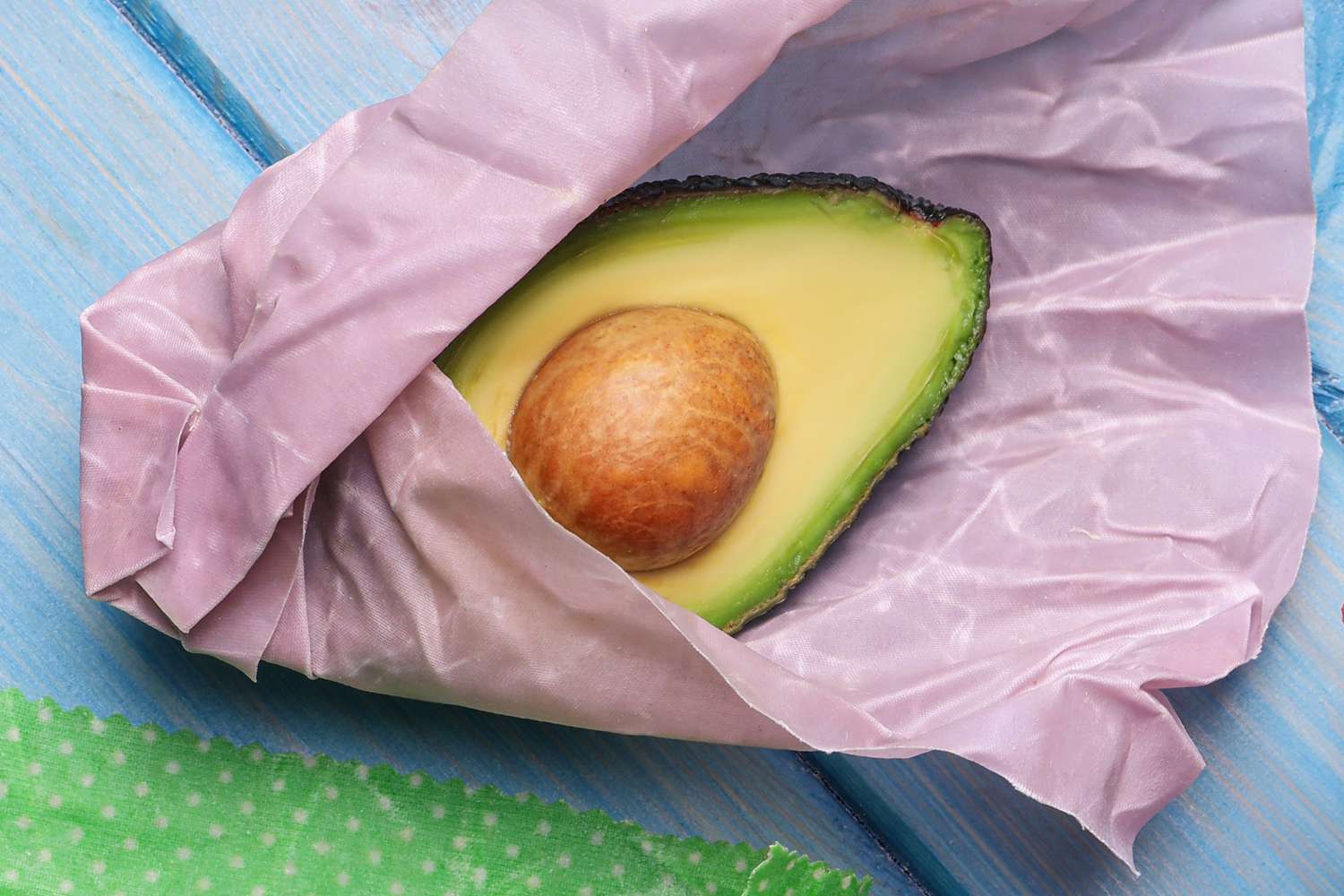
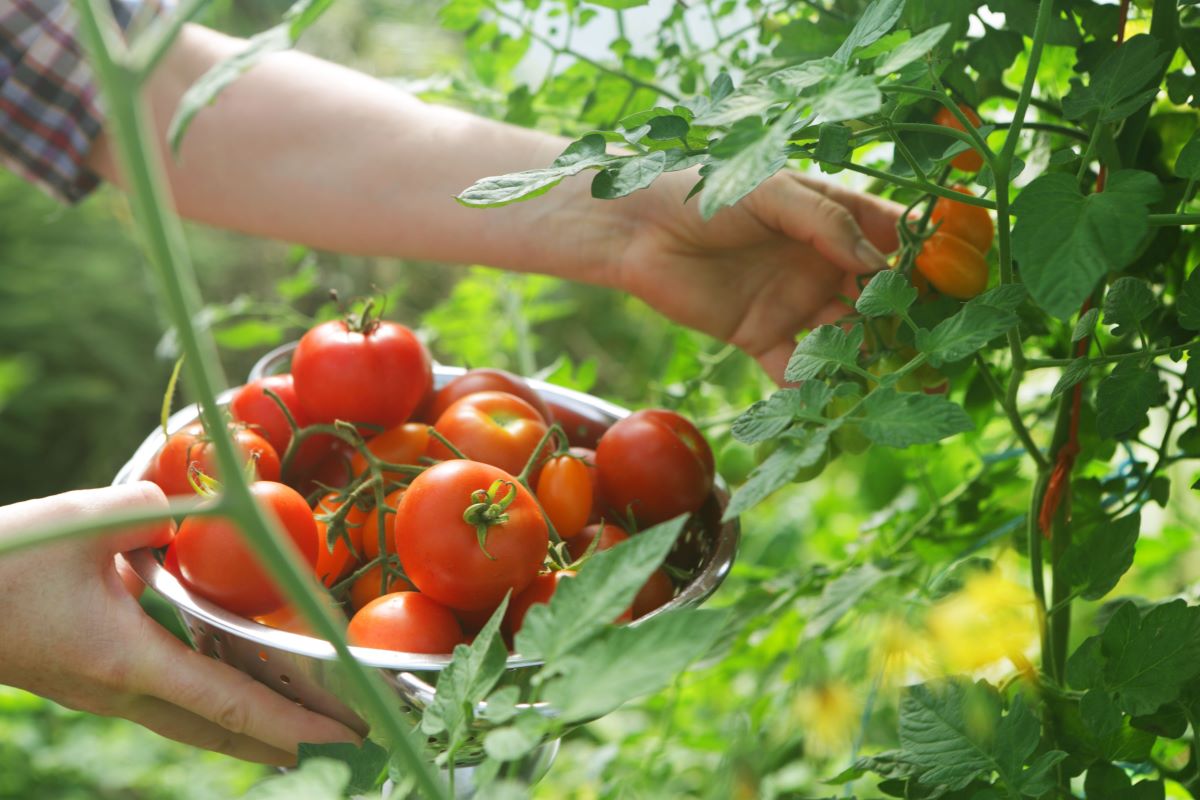

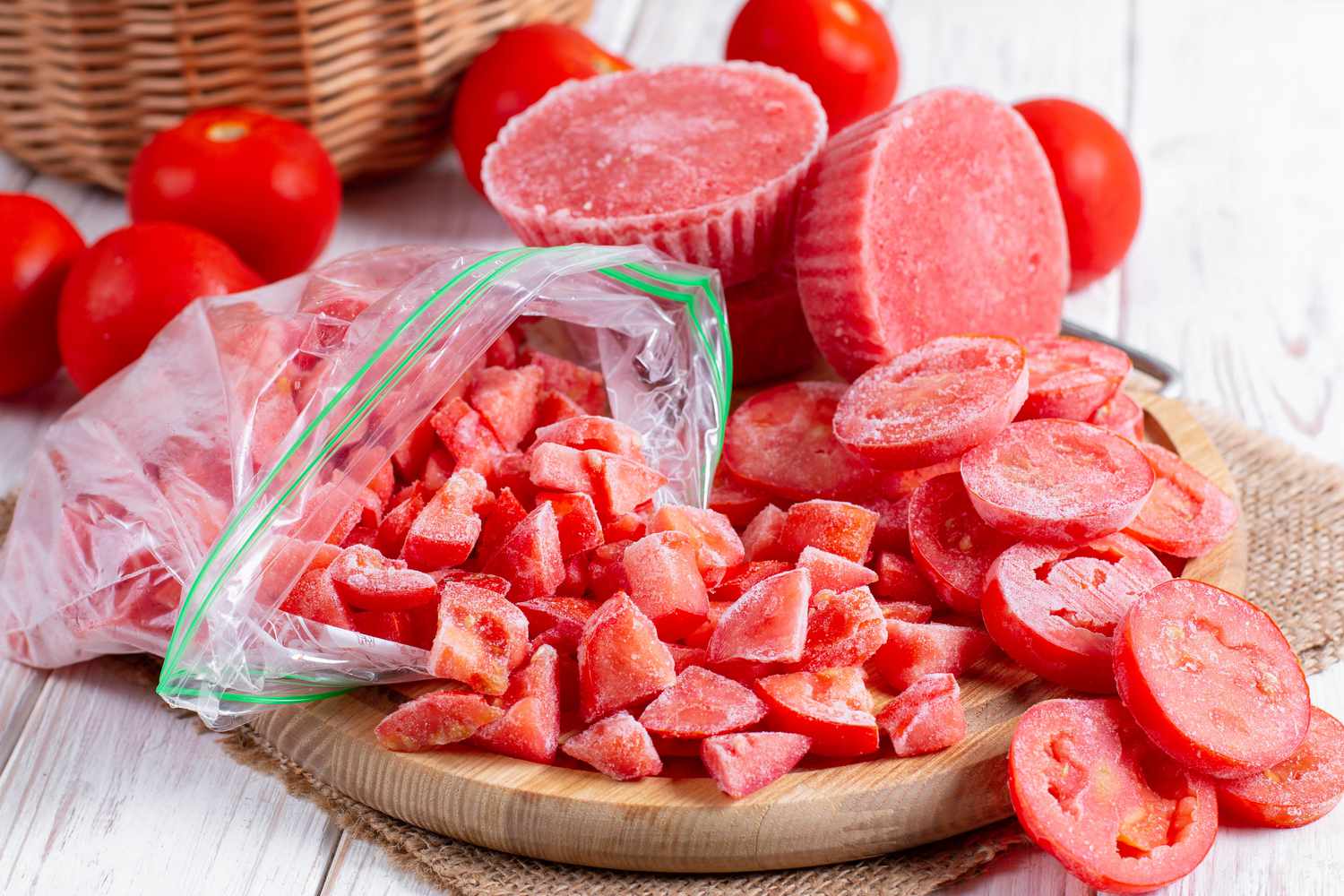
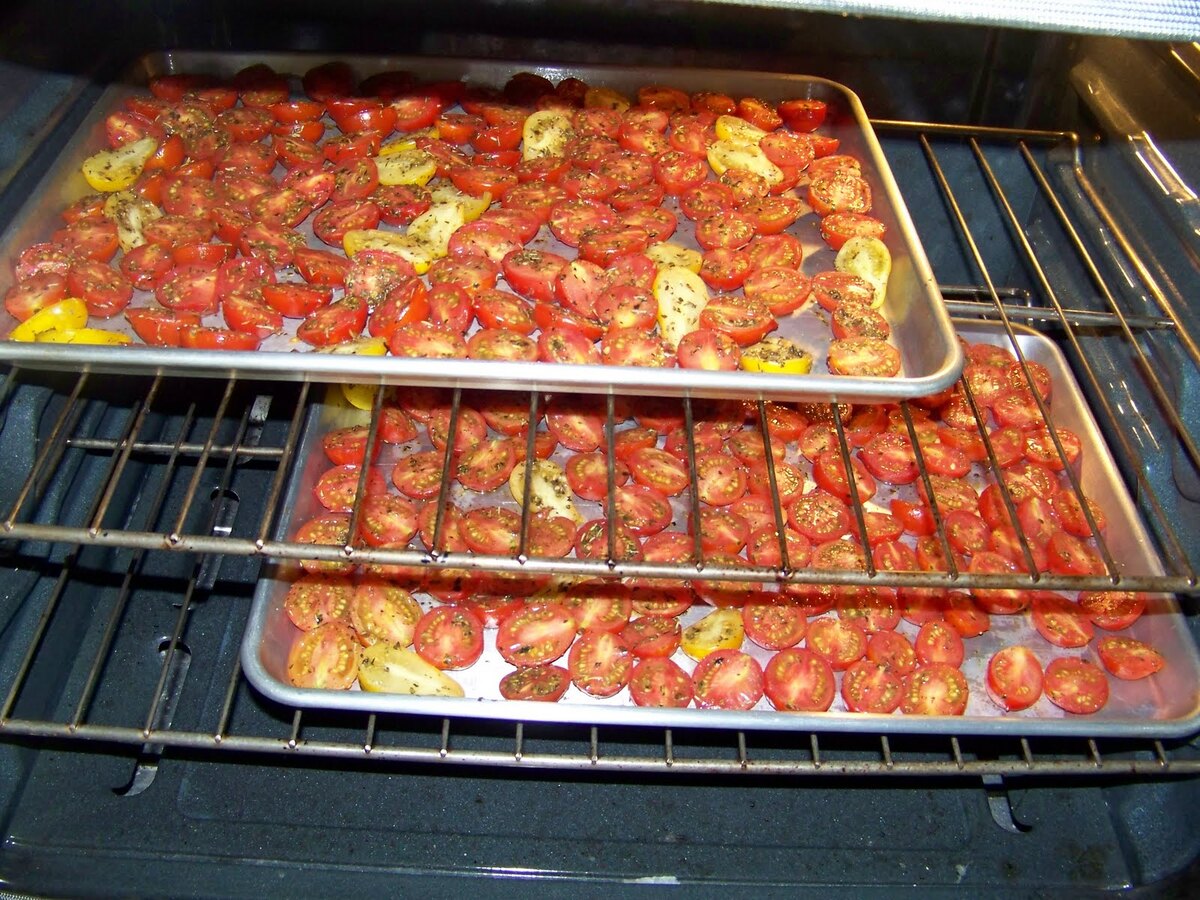

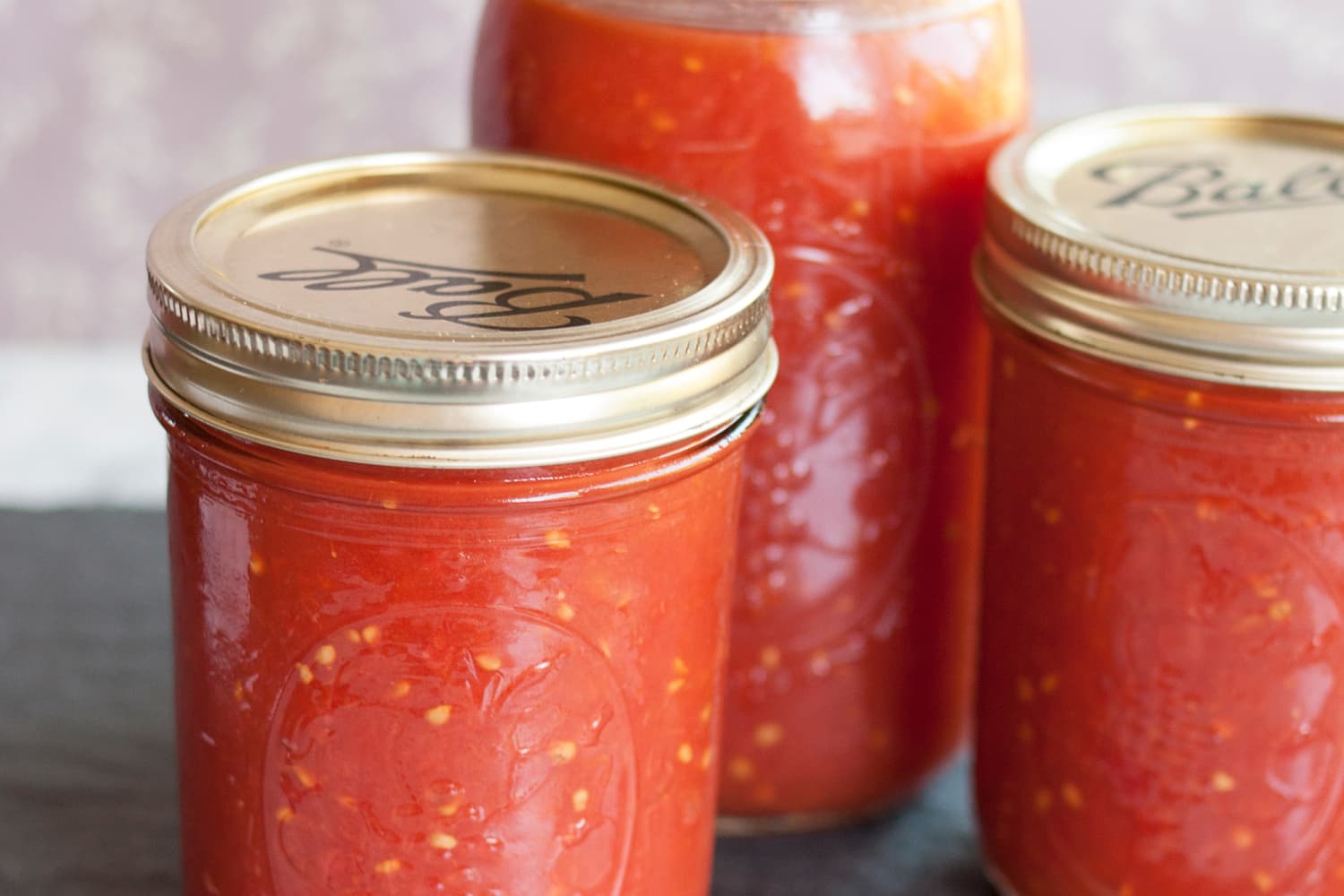
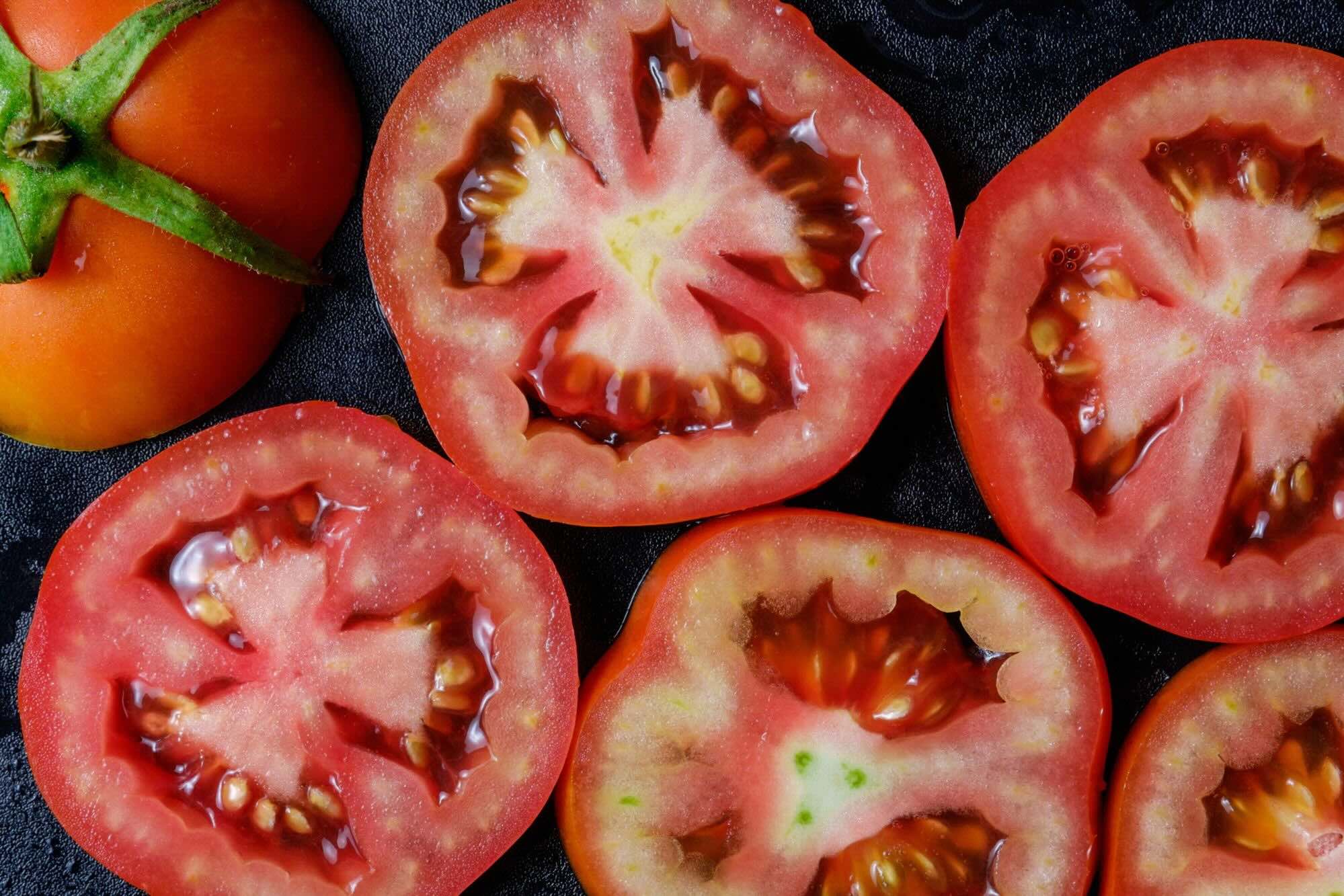
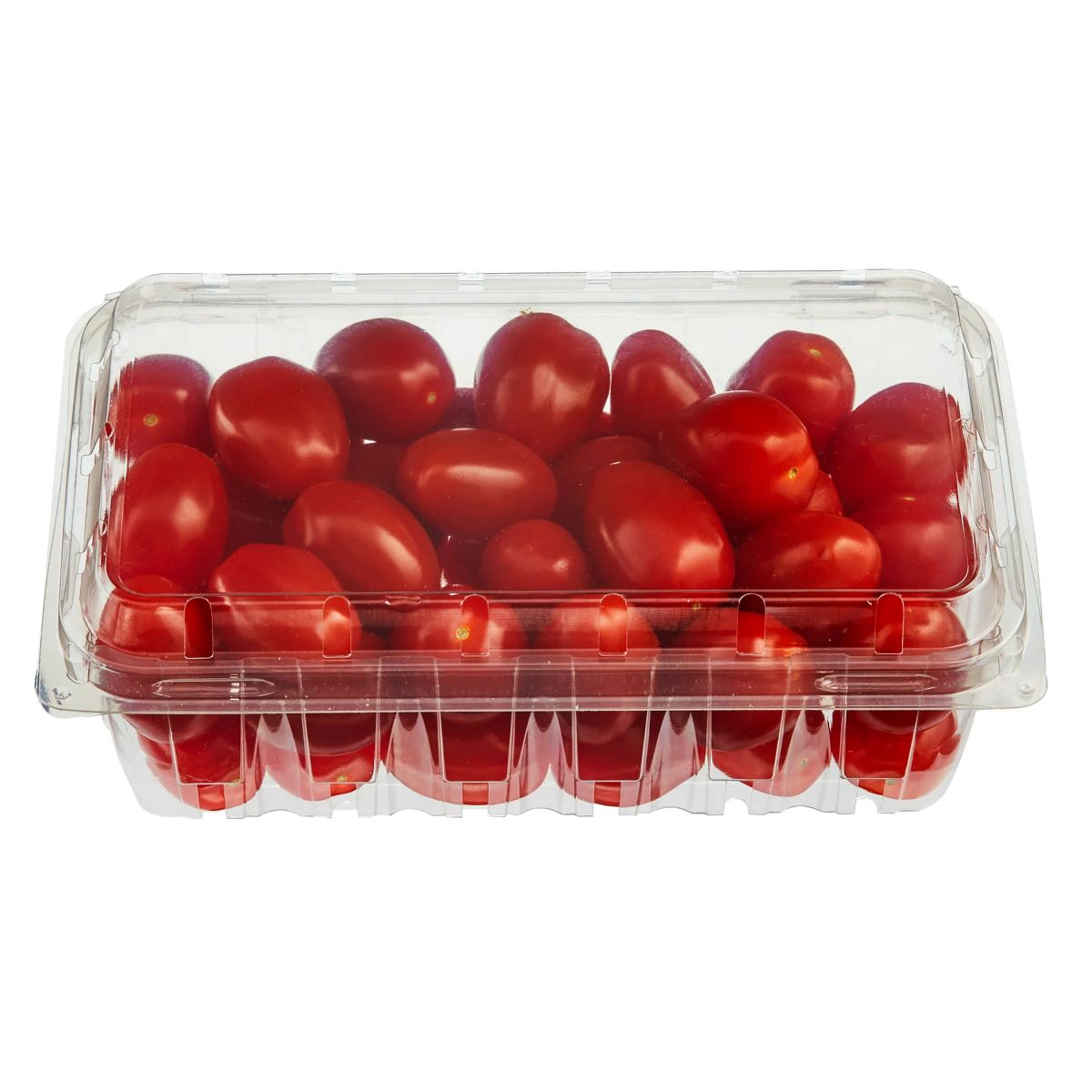
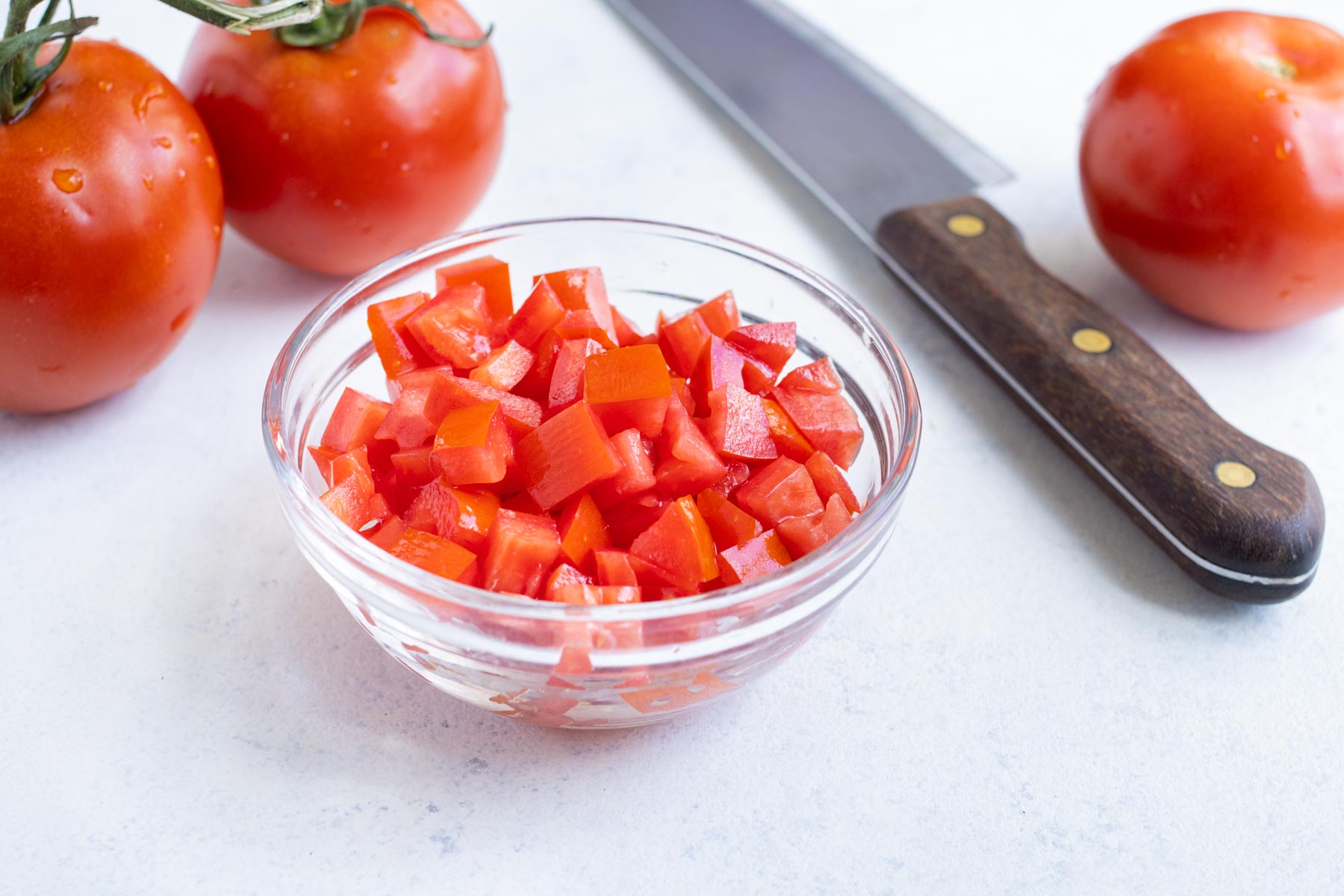
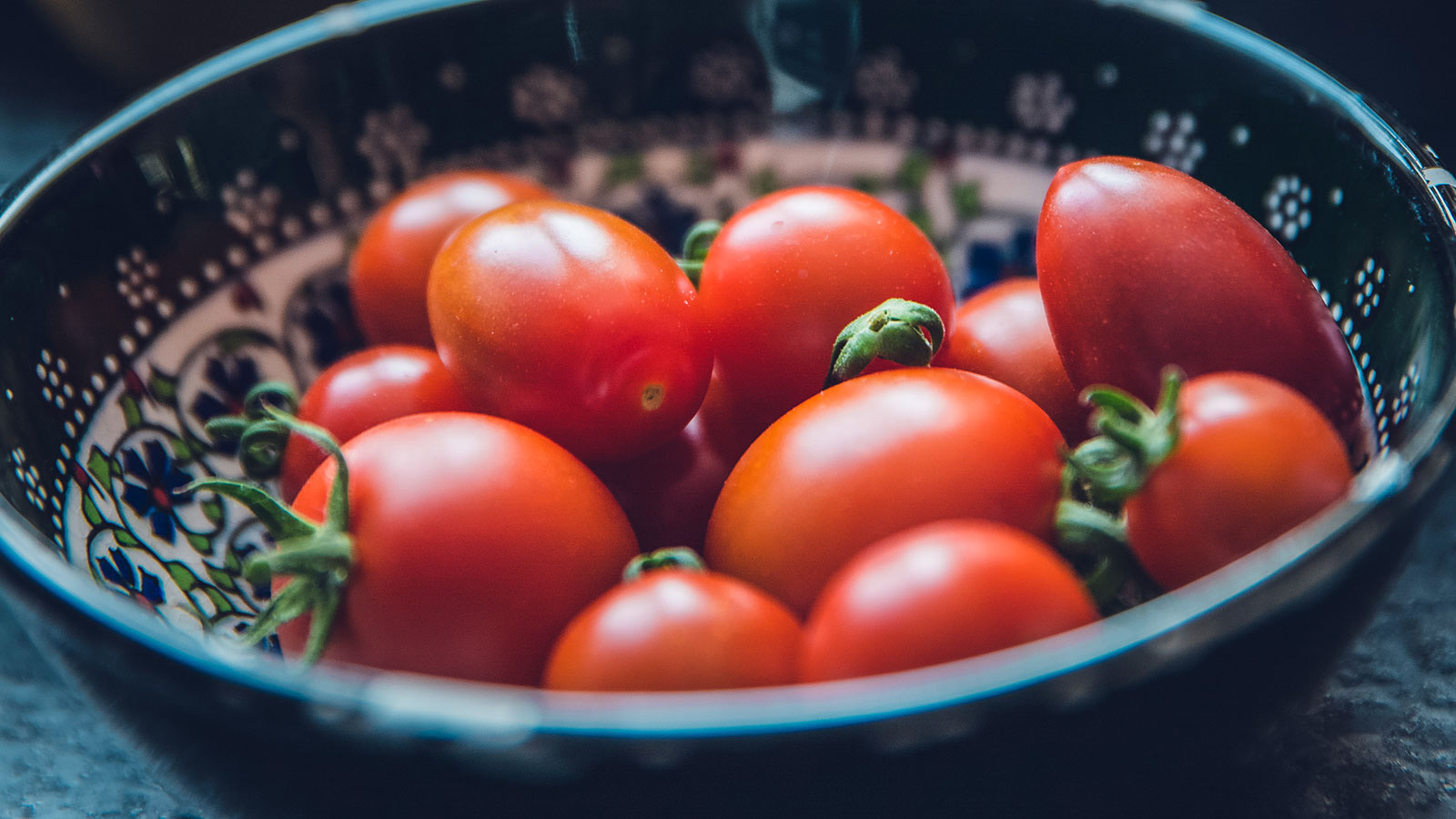
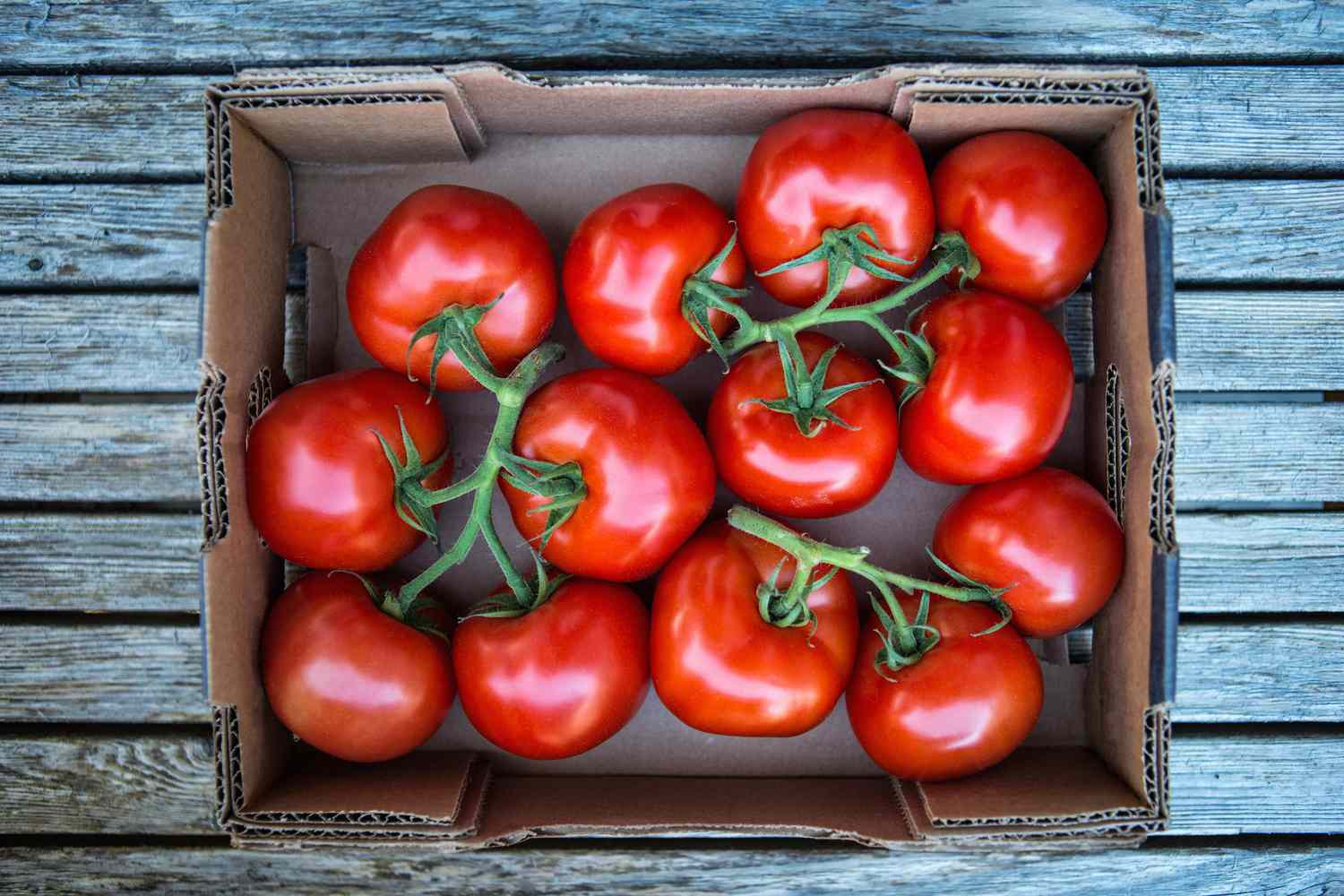


0 thoughts on “How To Store Unripe Tomatoes”